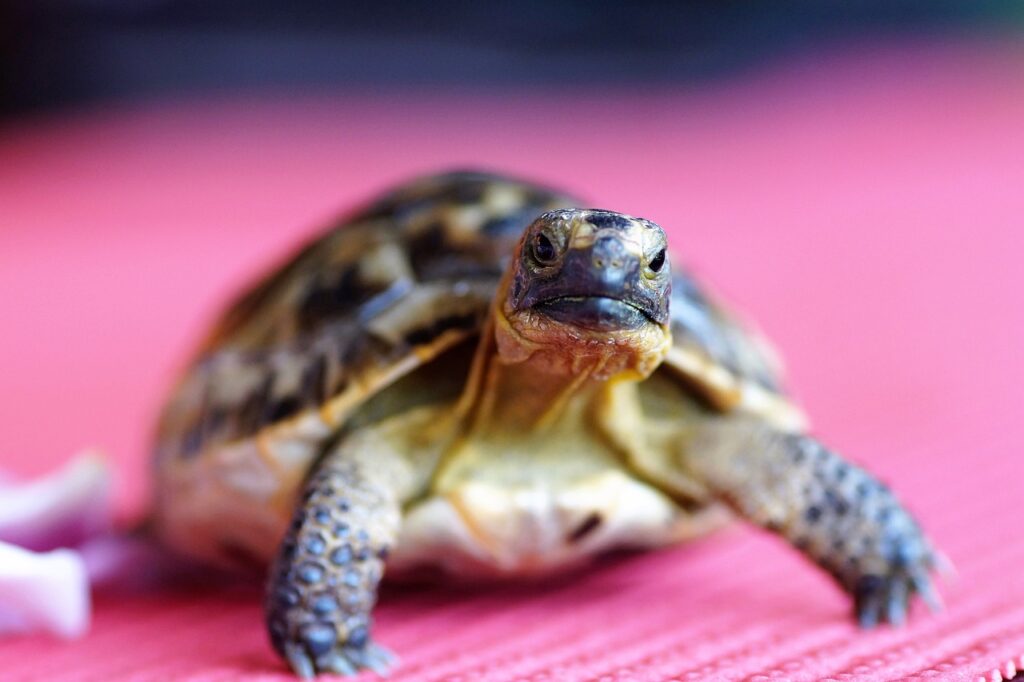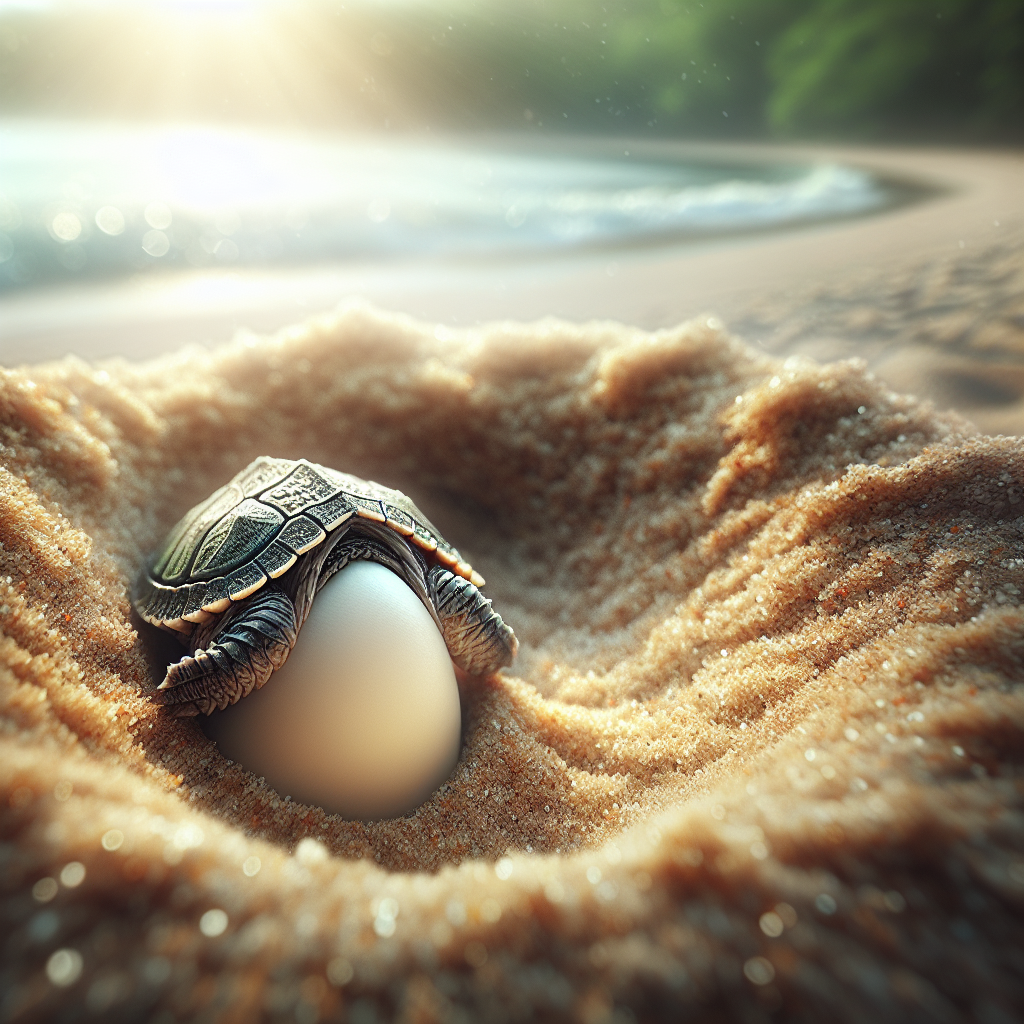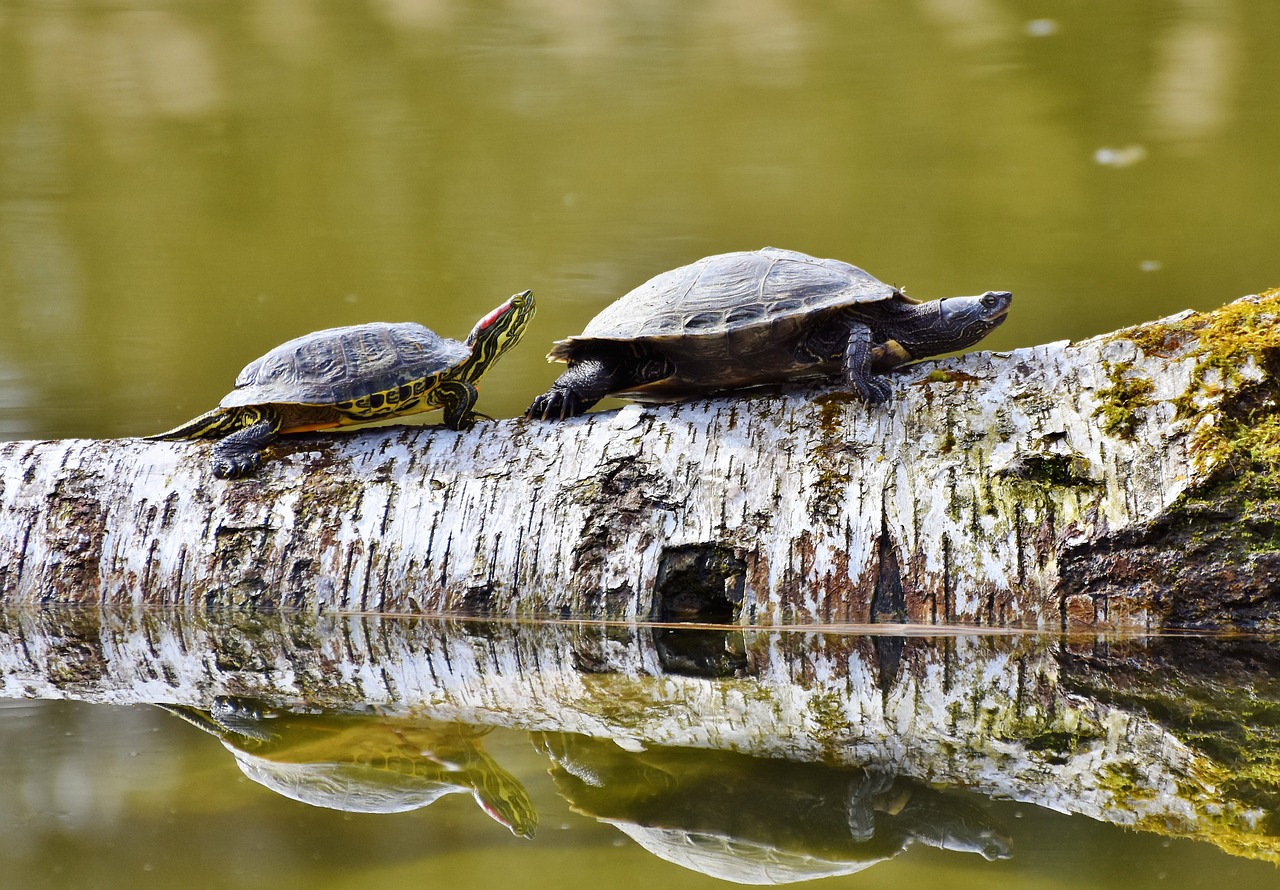So you’ve stumbled upon a fascinating question: how long do snapping turtle eggs take to hatch? Well, prepare to be amazed as we delve into this extraordinary journey of life. Snapping turtle eggs, hidden away in the soft soil, endure a patient incubation period that can range from 9 to 18 weeks, depending on various factors. From the moment a mother snapping turtle carefully lays her eggs to the thrilling emergence of tiny hatchlings, let us embark on a captivating exploration of nature’s wonders and discover the secrets of these remarkable reptiles.
Factors Affecting Snapping Turtle Egg Incubation
Snapping turtle eggs undergo a remarkable journey from being laid to hatching into cute baby turtles. However, this process is influenced by various factors that play a crucial role in determining the time it takes for the eggs to hatch. These factors include temperature, moisture, nesting depth, genetics, and predation. Understanding each of these elements is essential in comprehending the intricate process of snapping turtle egg incubation.
Temperature’s Role in Hatch Time
The temperature of the nesting environment significantly affects the incubation period of snapping turtle eggs. Natural temperature variation plays a vital role in determining the time it takes for the embryos inside the eggs to develop. Snapping turtles are known as temperature-dependent sex determination reptiles, meaning the temperature at which the eggs are incubated can influence the sex of the hatchlings.
Natural Temperature Variation
Snapping turtle nests typically experience temperature fluctuations due to various factors, including weather conditions and the depth at which the eggs are buried. These temperature variations cause variances in the incubation period and ultimately impact the diversity of hatchling sexes.
Incubation Period
The incubation period for snapping turtle eggs can range anywhere from 60 to 90 days, depending on the temperature. Warmer temperatures tend to accelerate the embryonic development process, resulting in shorter incubation periods. Conversely, cooler temperatures slow down the process, leading to longer incubation periods.

Sex Determination
One of the most intriguing aspects of snapping turtle egg incubation is the role temperature plays in determining the sex of the hatchlings. Higher temperatures during incubation typically lead to the hatching of female turtles, while lower temperatures tend to produce males. This unique phenomenon highlights the delicate balance in nature and showcases how temperature influences the survival and genetic diversity of snapping turtle populations.
Moisture’s Impact on Incubation
Moisture levels in the nesting environment also play a crucial role in the successful incubation of snapping turtle eggs. Adequate moisture is vital for the eggs’ development, as it helps maintain the necessary hydration levels and prevents dehydration.
Importance of Moisture
Moisture is essential during the incubation process because it allows for proper gas exchange within the eggs. As the embryos develop, they require oxygen and release carbon dioxide. The right moisture levels ensure a balanced environment, enabling the embryos to respire effectively and ultimately hatch successfully.

Effects of Dry Environment
Insufficient moisture can have detrimental effects on snapping turtle eggs. In a dry environment, the eggs may lose moisture, leading to dehydration and the inability of the embryos to develop properly. Dry conditions can also cause the shells to become brittle, making them more susceptible to damage or premature hatching.
Effects of Waterlogged Environment
On the other end of the spectrum, an overly waterlogged environment can also pose challenges for snapping turtle eggs. Excessive moisture can saturate the eggs, depriving them of the necessary oxygen levels. This lack of oxygen can hinder the embryos’ development, leading to delayed hatching or even death within the eggs.
Nesting Depth and Incubation
The nesting depth of snapping turtle eggs is another vital factor that affects the incubation period and hatch success. The depth at which the eggs are buried influences the surrounding temperature and moisture levels, directly impacting the development of the embryos.

Preferred Nesting Depth
Snapping turtles instinctively choose nesting sites that provide optimal conditions for incubation. They tend to dig nests in loose soil or sand, selecting spots with a sufficient depth to ensure stable temperature and humidity levels. Generally, nesting depths of 4 to 8 inches are common for snapping turtles.
Influence on Incubation
The nesting depth of snapping turtle eggs acts as a natural buffer against temperature extremes and moisture fluctuations. A deeper nest can shield the eggs from rapid temperature shifts, providing a more stable environment for embryonic development. By selecting the appropriate nesting depth, female snapping turtles exhibit remarkable adaptability in ensuring the best possible chances for their offspring’s successful incubation.
Genetic Influences on Hatch Time
The genetics of snapping turtles themselves also contribute to the variation in hatch time. Different species of snapping turtles have distinct genetic makeups, which can impact the incubation period and even the size of the hatchlings.

Variation in Species
Various species of snapping turtles exhibit different incubation periods. For example, the Common Snapping Turtle (Chelydra serpentina) typically has an incubation period of around 55 to 75 days, while the Alligator Snapping Turtle (Macrochelys temminckii) takes longer, with an average incubation period of 80 to 90 days. These genetic variations within species result in differences in the time it takes for the eggs to hatch.
Parental Impact
The genetics of the parental snapping turtles also influence the hatch time and developmental traits of the embryos. The specific genes inherited from the parents can affect the incubation period and even impact the health and size of the hatchlings upon emergence.
Hatchling Size
Genetic variation plays an important role in determining the size of the snapping turtle hatchlings. Some genetic predispositions may result in larger or smaller hatchlings, potentially affecting their overall survival and ability to adapt to their environment.

Predation Impact on Hatching
Predation is a significant natural factor that affects the hatching success of snapping turtle eggs. Various predators view the eggs as a valuable food source, posing a threat to the survival of the embryos.
Snapping Turtle Egg Predators
Snapping turtle eggs face predation from a range of animals such as raccoons, skunks, foxes, and birds. These predators can detect and excavate the nests, consuming the eggs before they even have a chance to hatch.
Survival Strategies
To combat the high levels of predation, snapping turtles have evolved several fascinating survival strategies. One such strategy is the female snapping turtle’s instinct to scatter her eggs across multiple nest sites, making it more challenging for predators to locate and consume them. Additionally, the turtles’ instinctual behaviors, such as covering the nests with dirt or vegetation, further aid in camouflaging the nests and reducing the chances of predation.
Signs of Hatching
Observing signs of hatching can be an exciting experience for those involved in snapping turtle conservation efforts. While it may be challenging to witness the actual hatching process, there are a few indicators that can alert observers to the imminent emergence of the hatchlings.
Egg Displacement
As the hatchling inside the egg begins to move and position itself for hatching, there may be slight movements or shifts in the eggs’ positioning within the nest. Detecting these displacements can be a promising sign that hatching is on the horizon.
Cracking Sounds
As the hatchling uses its egg tooth (a temporary, sharp structure on its snout) to break through the eggshell, cracking sounds may be audible. These gentle crackling noises indicate the embryo’s active efforts to break free and enter the world.
Emergence
Finally, the emergence of hatchlings from their shells is a definitive sign that hatching has occurred. These tiny turtles use their strength to push against the eggshell, creating a small hole through which they can emerge and make their first journey towards survival.
Steps for Human Intervention
In certain situations, human intervention may be necessary to ensure the successful incubation and hatching of snapping turtle eggs. Follow these steps for effective intervention:
Determining Incubation Period
Before taking any action, it is crucial to determine the incubation period of the eggs. This can be achieved by recording the date on which the eggs were laid and regularly monitoring their progress.
Creating Ideal Incubation Conditions
If the eggs are at risk due to environmental factors such as extreme temperatures, flooding, or predation, providing a safe alternative incubation environment can increase their chances of survival. Simulating the natural conditions by adjusting temperature, humidity, and moisture levels can help create an ideal incubation setting.
Protected Status of Snapping Turtle Eggs
Given the ecological importance and vulnerability of snapping turtle populations, legal restrictions and conservation efforts are in place to protect their eggs.
Legal Restrictions
Many jurisdictions have laws in place restricting the harvesting or disturbance of snapping turtle eggs. These laws aim to safeguard the survival of these species and maintain the balance of ecosystems.
Conservation Efforts
Conservation organizations and researchers actively work towards preserving and studying snapping turtle populations. Their efforts involve monitoring nesting sites, educating the public about the importance of protecting snapping turtle eggs, and implementing measures to mitigate the threats faced by these fascinating creatures.
Conclusion
Understanding the various factors that influence snapping turtle egg incubation is crucial for conservation efforts and the preservation of these remarkable reptiles. Temperature, moisture, nesting depth, genetics, and predation all play significant roles in determining the hatching success and hatchling characteristics. By appreciating these factors, we can work towards creating conditions that lead to healthy snapping turtle populations and a brighter future for these ancient creatures.
